Deer-Proof Yard?
Deer Damage and Your Landscape
As fall moves into winter, the food sources for our local deer herd become more scarce. You have surely noticed them crossing roads, and populating yards in residential areas. Deer damage to landscapes, nurseries, and commercial crops alike continues to be a massive problem in Maryland, and if you have figured out a way to outsmart them 100%, you are in the minority. On our property, we have tried everything: erecting an 8 foot deer fence around the nursery (they dug under it, came in at the driveway, ate a big hole in a euonymus hedge), putting a 5 foot aluminum fence around the back yard (one squeezed through and literally bent the metal balusters), letting the dog run loose (she is more afraid of them than the reverse), and planting a variety of “deer proof” choices in the beds at our house and office.
While spraying plants with deer repellant is an option that definitely works, and we do that often for clients of Mead Tree & Turf Care, choosing plants that the deer just won’t eat is your best bet. You can find loads of articles on this topic online. Here is a recent one that looks promising,
https://www.homesandgardens.com/gardens/deer-resistant-plants but you have to experiment because it seems to matter just how hungry your particular deer are. Some plantings we have tried at our home and office at Mead Tree & Turf Care in Woodbine, MD, have fared better than others.
WINNERS
Boxwoods – We planted Green Pillow and Wintergreen varieties. None have been touched by the deer, so definitely not on their menu. These evergreens always look good, and provide a splash of green in winter beds.
Red Twig Dogwood – This is a definite winner. Even with a herd of 10 in the front yard, they weren’t even nibbled on. Lush and green with white flowers in season, they add interest to a winter garden with red woody stems.
Barberry – There are many varieties available that all do well in deer infested areas. The thorns are discouraging even to humans!
Cherry Laurel – These have survived many winters with nary a nibble, so seem to be a safe bet.
Holly – You would think the prickly leaves would be unappealing, and they are on larger plants. However, if you have newer plantings, provide some protection until they grow a little and the leave are less tender.
Spirea – This does not appeal to the deer we have, and although is not attractive in winter, always looks nice in season. More importantly, it survives.
Daffodils – As much as deer love to eat flowers, these do not appeal, and bloom prolifically each year.
VARIABLE
Hostas – The larger, heavy leafed varieties haven’t been touched, but those with more tender leaves have been munched to the ground. Try different varieties, then stick with those that survive!
Hydrangeas – The article referenced above suggests Panicle Hydrangea and I’m interested to try it. The two in our yard (big leaf type) did not fare well as they evidently had quite tasty flowers. They do recover but are quite small with disappointing flowering due to the unplanned “pruning” by our furry friends.
LOSERS
Euonymus – A disaster if you have deer, you can be assured they will eat as much and as far up as they can reach. We have a long hedge that gets stripped every winter. We call it the “salad bar”.
Sedum – Although technically a perennial and not a shrub, I really thought the fat leathery leaves would be unappealing. Sedum is also often listed as potentially deer resistant except when food is scarce. Not so in our experience, as the flowers were devoured as well as the leaves before summer had arrived.
Day Lilies – Another perennial, we have large beds of these, literally hundreds of plants, and there was a small hope that the plants outnumbered the deer enough to allow survivors. The leaves continue to flourish but I haven’t seen a flower for a few years.
Tulips – When we first moved to our property over 25 years ago, we planted 100s of tulip bulbs along our driveway. We didn’t really know about the deer then, and discovered that over the winter, they actually dug up the bulbs and ate them. What survived and bloomed was consumed in the spring, and within 3 years there was nothing left – not even greenery. Last month I found a tulip blooming under a bush out there, a lonely refugee that had survived.
Our daughter said she doesn’t have problems with deer damage with any of her plants. She had a 90 pound black lab with a loud bark that left her mark in their yard, but she’s gone now and replaced with a puppy. It will be interesting to see if the deer damage increases. Maybe I should set Ring cameras up around the yard with a large speaker set on the Barking Dog sound? Or I could get a couple of real dogs and hope they aren’t cowards like the other was, or sleep through the covert deer invasions that occur in the early morning hours. I’ve already tried yelling at the deer, and they just stand there looking at me, wondering what my problem is. At this point, I’m about out of ideas, but will keep trying until I have the perfect deer-proof yard (LOL).
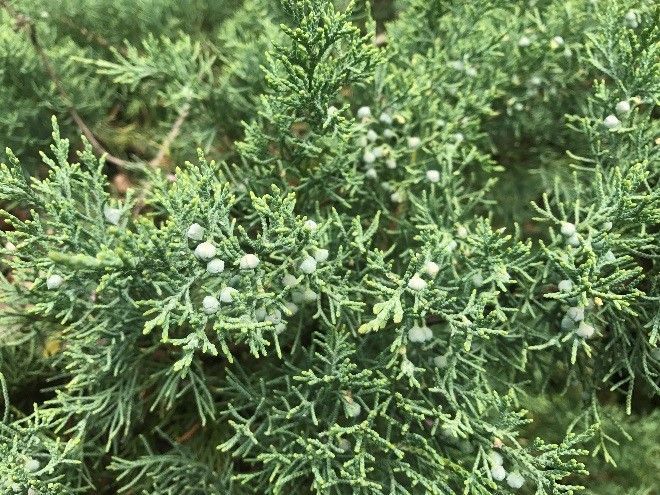
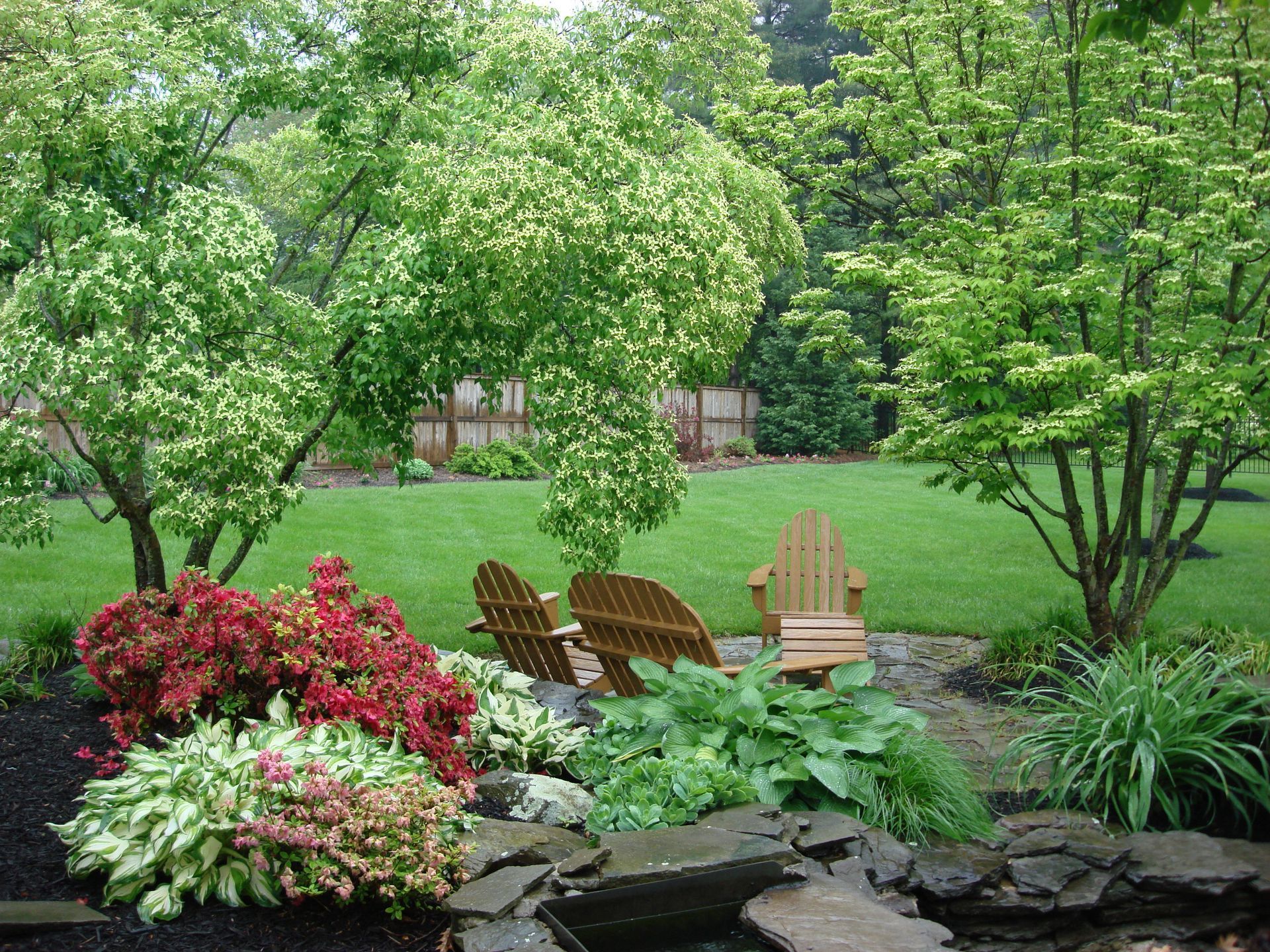

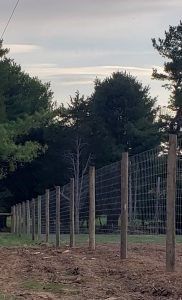
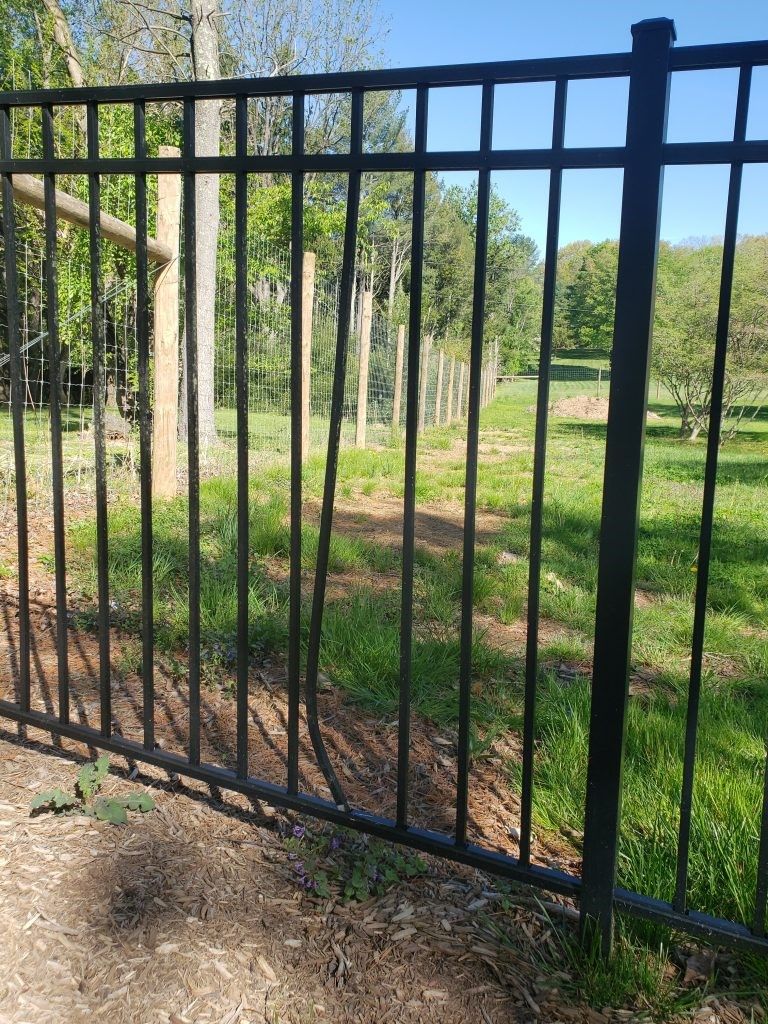

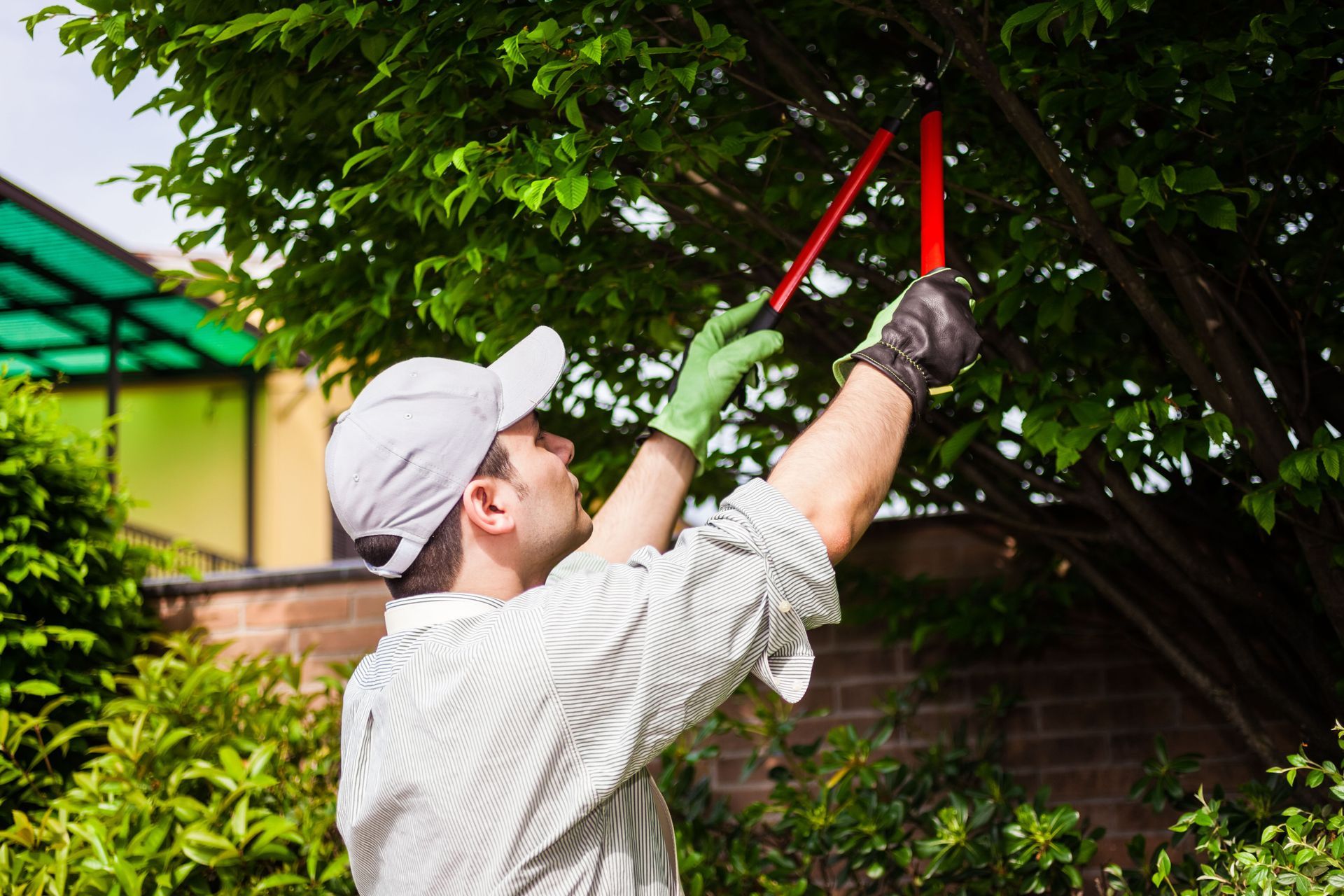
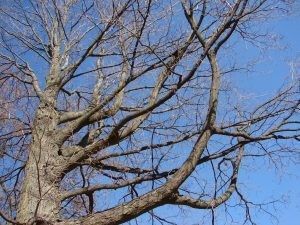
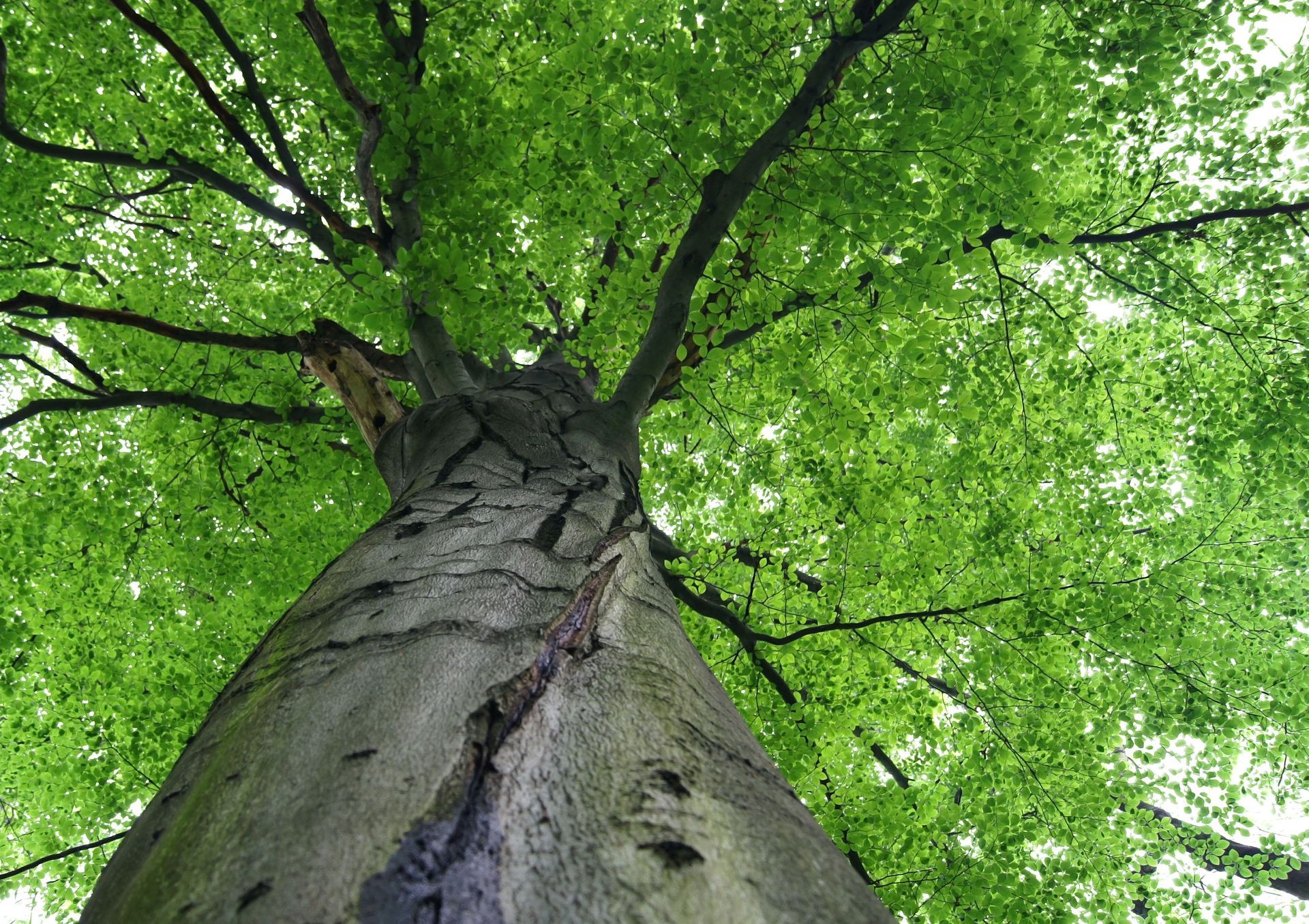
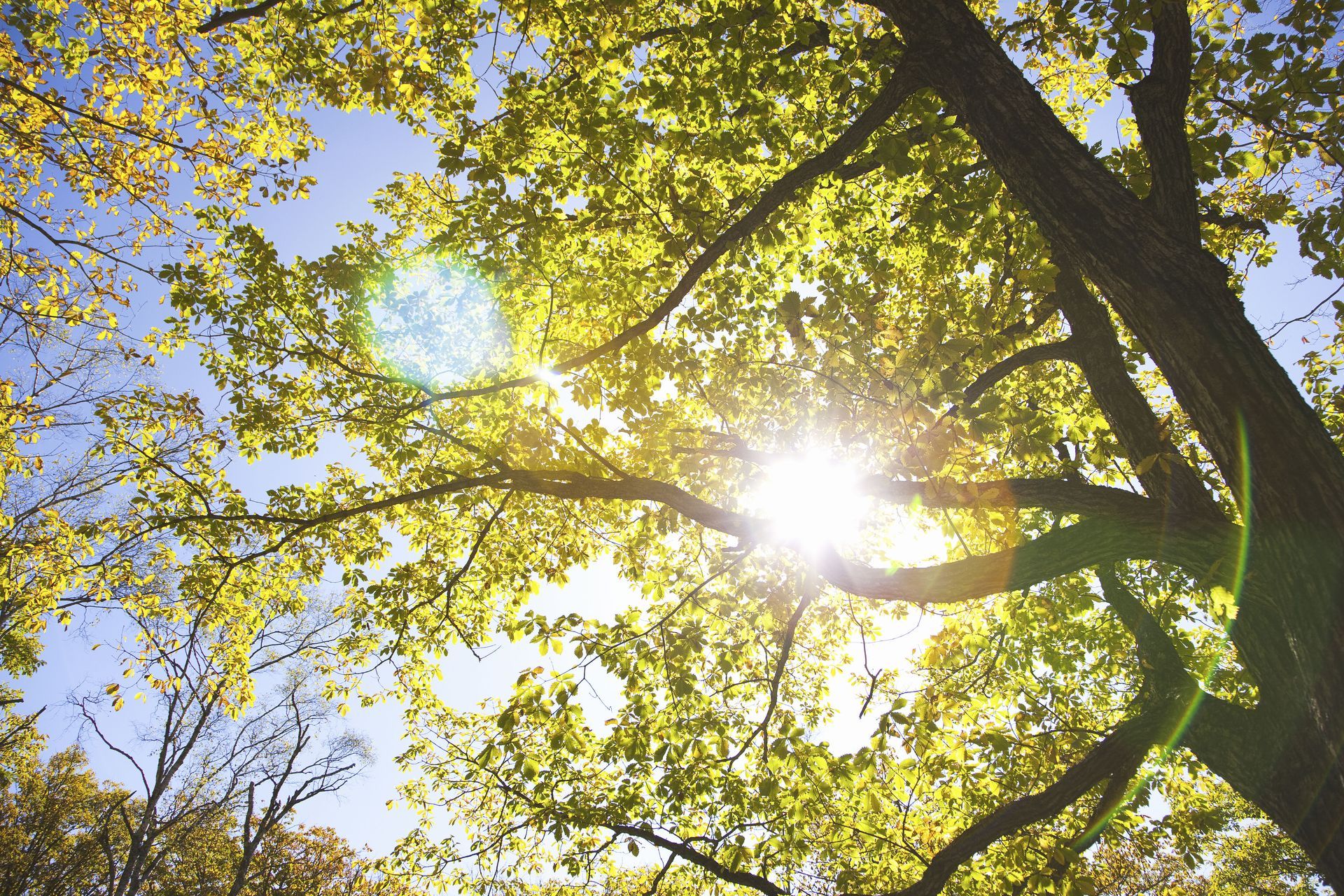
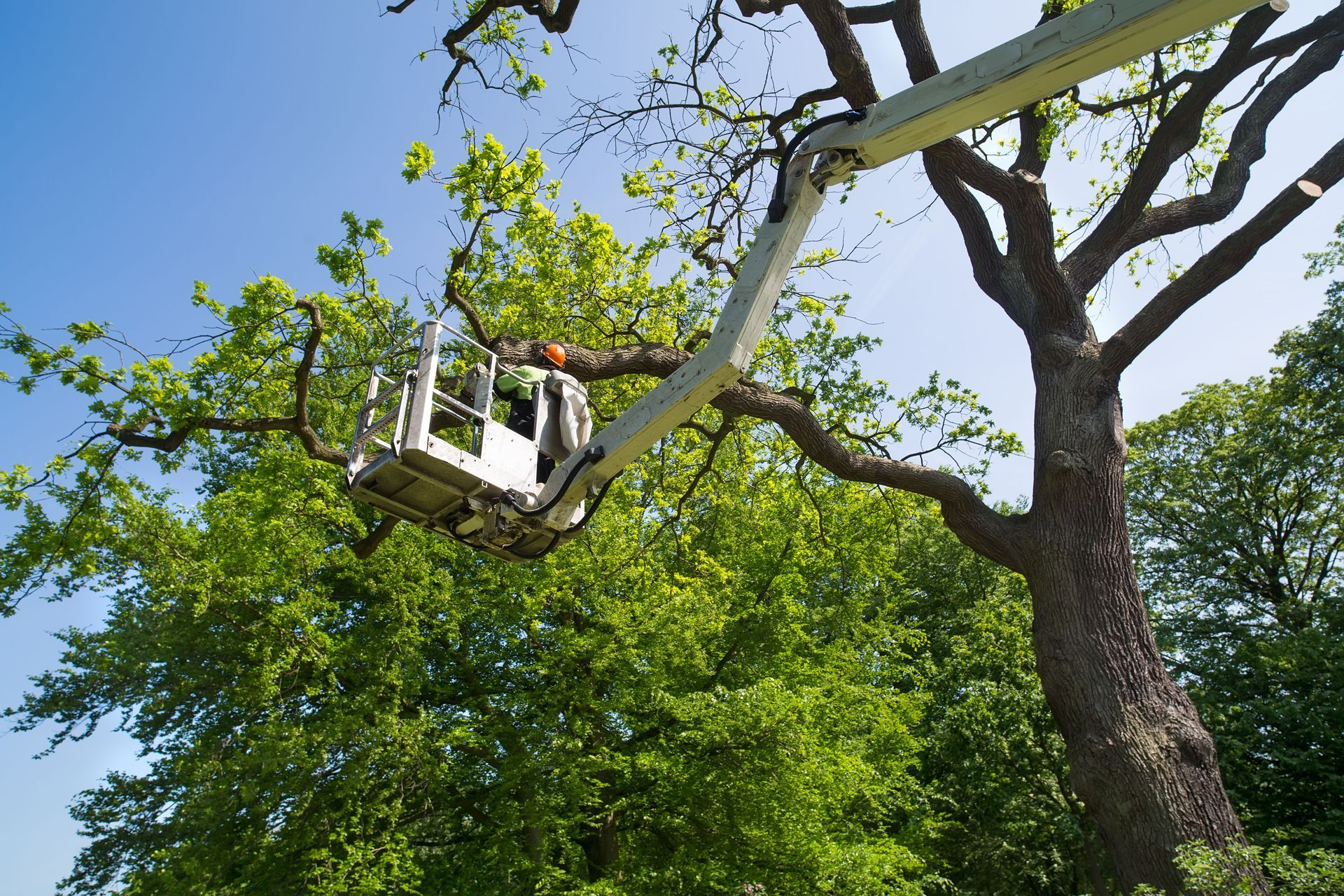
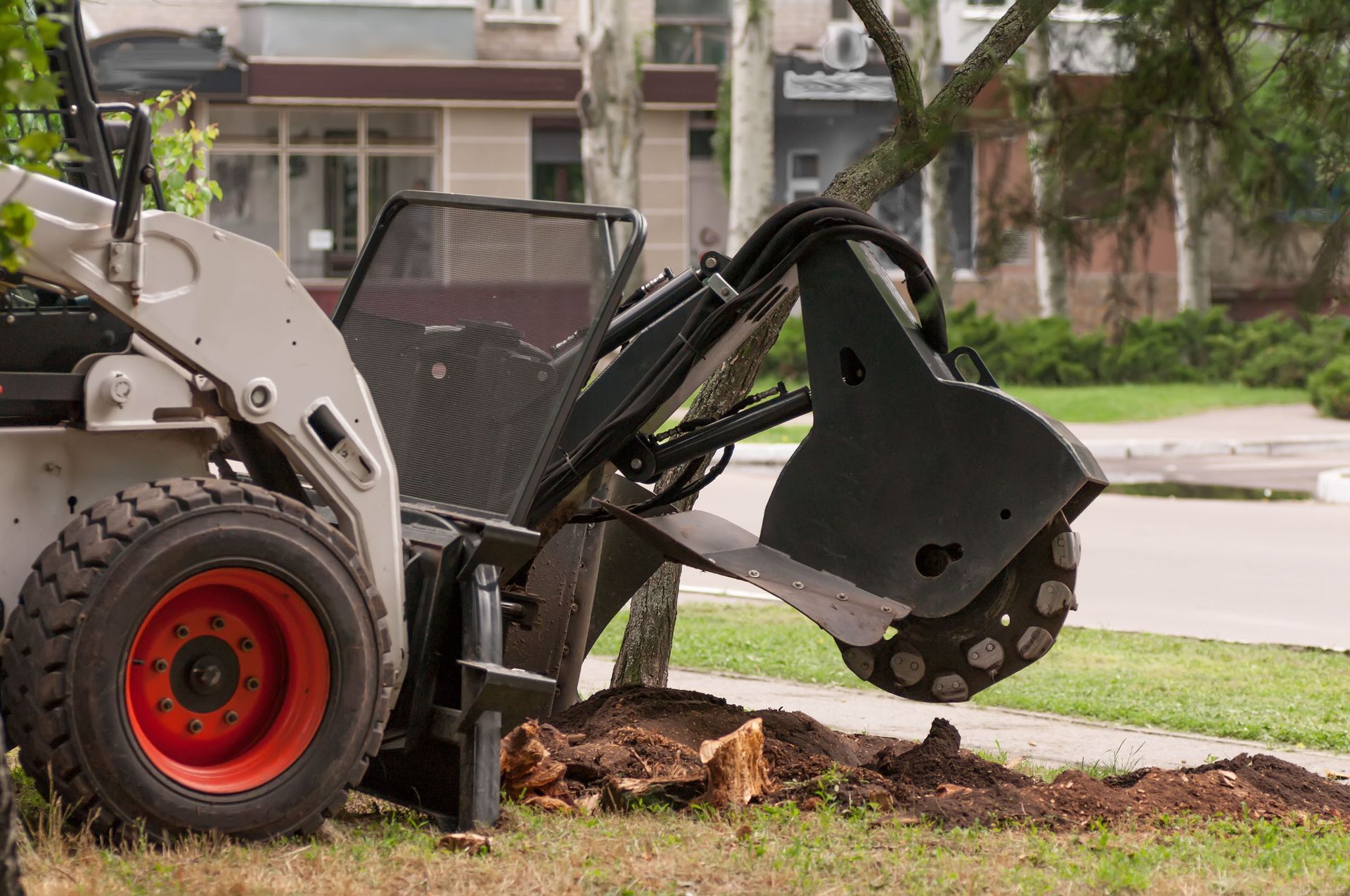
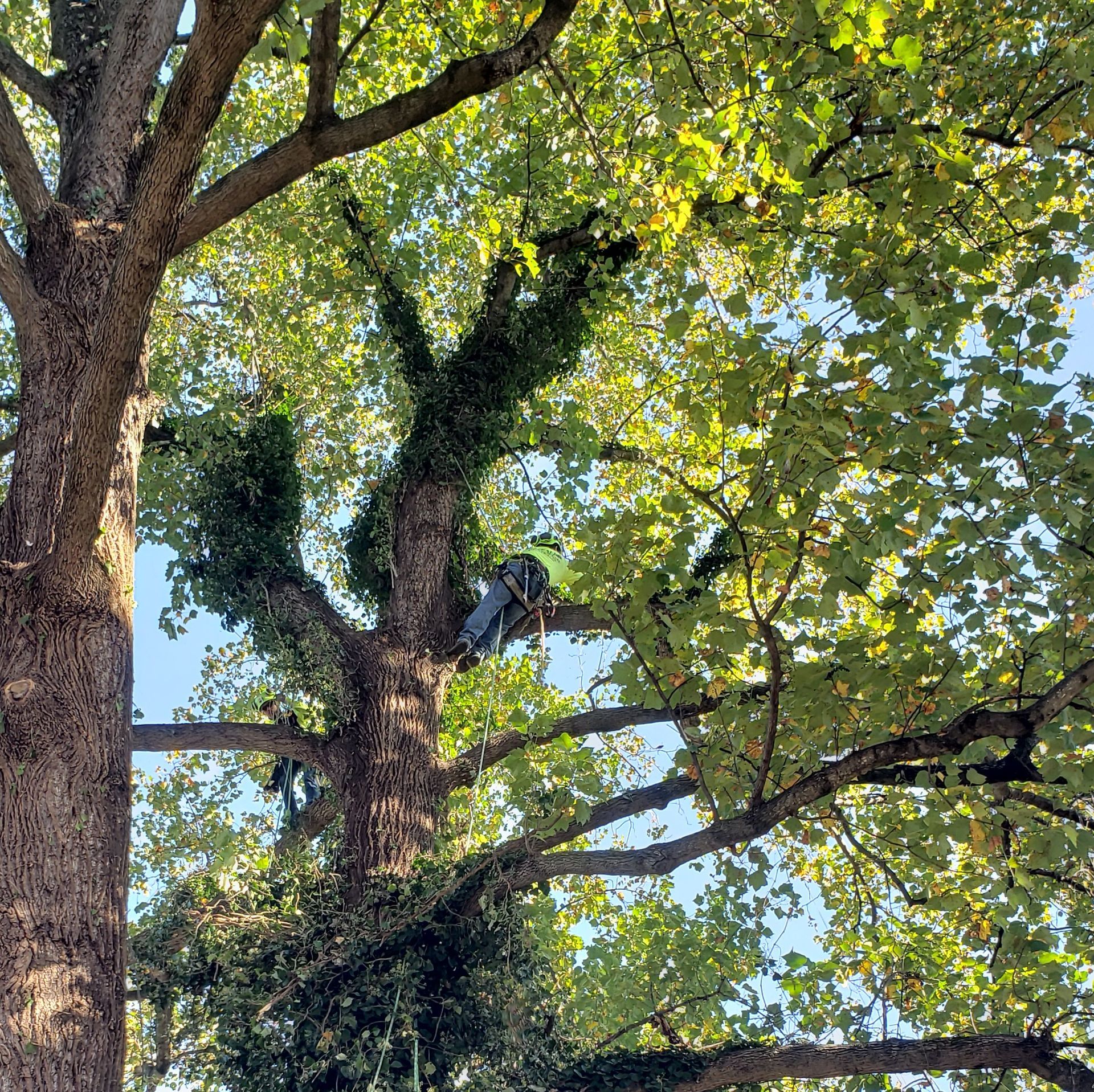
Share On: